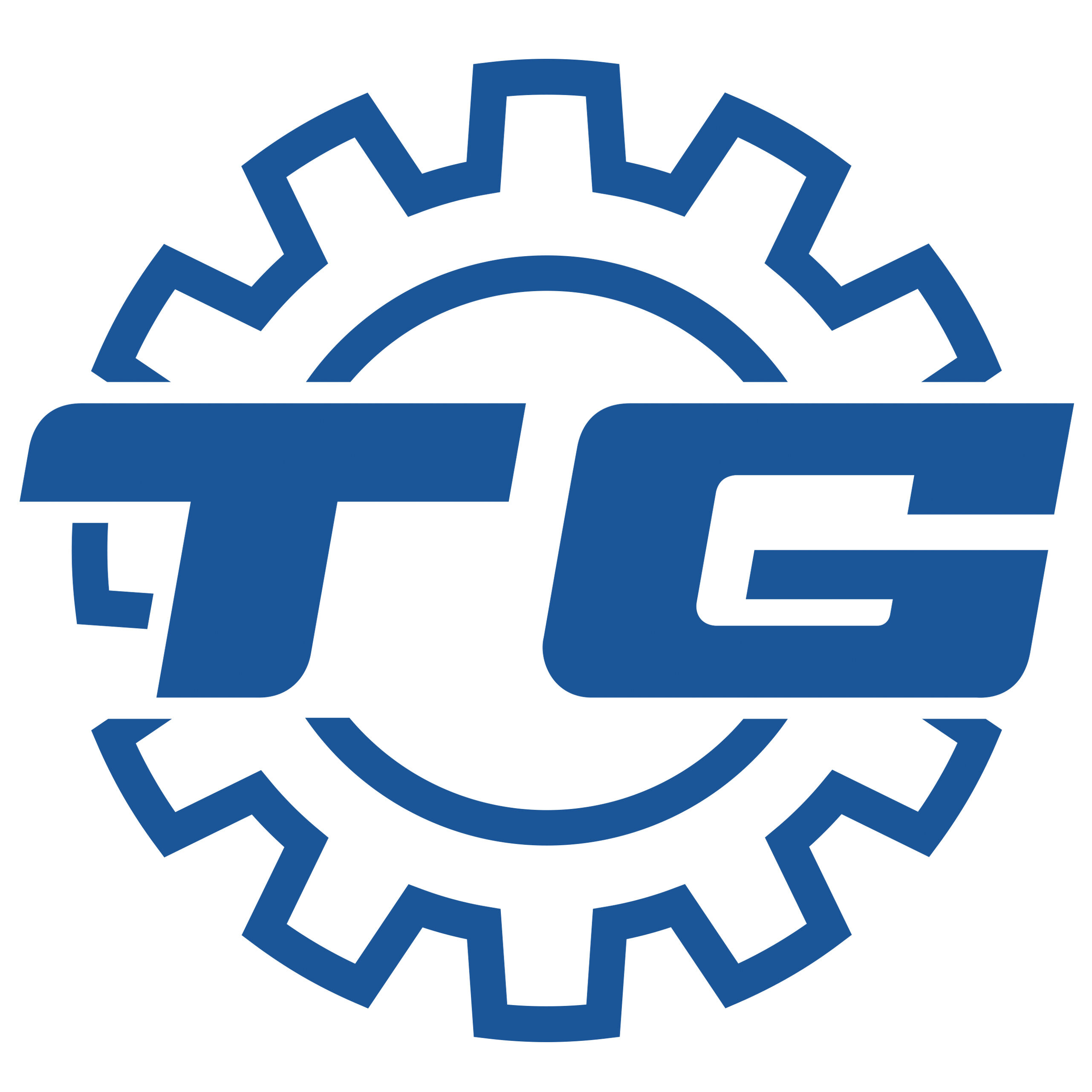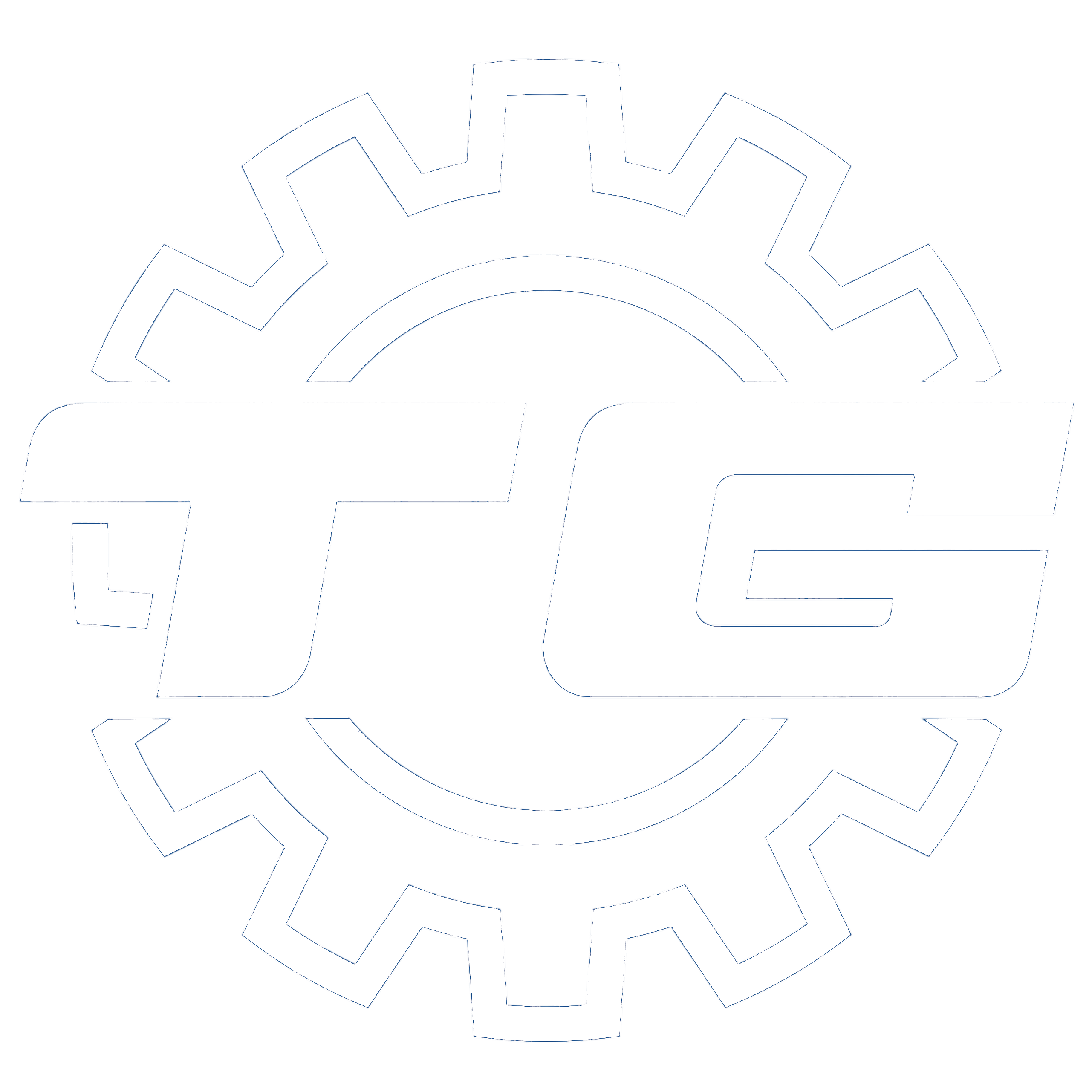Essential Practices for Thread Tapping Tool Maintenance
Thread tapping tools are indispensable instruments in manufacturing and metalworking processes, requiring meticulous care to maintain their cutting efficiency and extend their service life. Professional machinists understand that proper maintenance of thread tapping tools not only ensures consistent threading quality but also contributes significantly to operational cost savings. By implementing a comprehensive maintenance routine, you can prevent premature wear, reduce tool breakage, and achieve superior threading results across various materials.
The performance of thread tapping tools directly impacts production efficiency and product quality. When these precision instruments are well-maintained, they create clean, accurate threads that meet strict specifications. However, neglected maintenance can lead to poor thread quality, increased tool replacement costs, and potential workpiece damage. Understanding the fundamentals of thread tapping tool care is crucial for anyone involved in machining operations.
Core Components of Thread Tapping Tool Care
Cleaning and Inspection Protocols
Regular cleaning of thread tapping tools is fundamental to maintaining their cutting effectiveness. After each use, remove all metal chips, cutting fluid residue, and debris from the flutes and cutting edges. Use compressed air to blast away loose particles, followed by careful cleaning with appropriate solvents. Inspect the cutting edges under proper lighting, looking for signs of wear, chipping, or buildup that could affect performance.
Develop a systematic inspection routine that includes checking the leading threads, flutes, and chamfer for any irregularities. Pay special attention to the cutting edges, as even minor damage can compromise threading quality. Document any observations and maintain detailed records of tool condition to track wear patterns and predict replacement needs.
Proper Storage Solutions
Thread tapping tools require specialized storage conditions to prevent damage and maintain their precision. Store them in dedicated holders or cases that protect the cutting edges from contact with other tools. The storage environment should be climate-controlled to prevent rust and corrosion, with relative humidity kept below 60%. Organize tools by size and type to facilitate easy access and prevent unnecessary handling.
Implement a systematic storage system that includes protective sleeves or cases for individual taps. This organization not only protects the tools but also helps track usage and maintain inventory control. Consider using rust-inhibiting materials or protective coatings for long-term storage.

Optimizing Cutting Performance
Lubrication Management
Proper lubrication is critical for thread tapping tool performance and longevity. Select appropriate cutting fluids based on the workpiece material and operating conditions. High-quality cutting oils or synthetic fluids help reduce friction, dissipate heat, and flush away chips during threading operations. Maintain consistent fluid quality by regularly checking concentration levels and filtering contaminants.
Establish a lubrication schedule that ensures adequate fluid supply during operation. Clean and replenish cutting fluids according to manufacturer recommendations, considering factors such as operating temperature and material compatibility. Monitor fluid performance and adjust concentrations as needed to maintain optimal cutting conditions.
Speed and Feed Control
Optimal cutting parameters are essential for thread tapping tool longevity. Calculate and maintain appropriate speeds and feeds based on tool specifications, workpiece material, and thread size. Excessive speeds can cause premature wear or tool failure, while inadequate feeds may result in poor thread quality. Regular monitoring and adjustment of these parameters help ensure consistent performance.
Use modern threading equipment with precise speed control capabilities to maintain consistent cutting conditions. Document successful parameter combinations for different materials and operations to establish reliable baseline settings. Regularly calibrate machine tools to ensure accurate speed and feed execution.
Preventive Maintenance Strategies
Wear Pattern Analysis
Understanding wear patterns helps predict tool life and optimize maintenance intervals. Regular examination of cutting edges reveals how tools wear under specific conditions. Document wear progression through detailed inspection reports and photographs. This information guides maintenance scheduling and helps identify potential process improvements.
Develop expertise in recognizing different types of wear and their causes. Built-up edge, flank wear, and crater wear each indicate specific issues that require attention. Use this knowledge to adjust operating parameters and maintenance procedures accordingly.
Reconditioning Procedures
Professional reconditioning can extend thread tapping tool life when performed at appropriate intervals. Establish criteria for when reconditioning is practical versus replacement. Work with qualified tool grinding services that understand precise geometric requirements for different tap styles. Maintain records of reconditioning history to track tool performance over multiple cycles.
Consider implementing an in-house reconditioning program for minor touch-ups when appropriate. Invest in proper equipment and training to ensure quality results. Document reconditioning procedures and maintain consistent standards for evaluating reconditioned tools.
Advanced Tool Life Management
Performance Monitoring Systems
Modern manufacturing environments benefit from systematic tool life monitoring. Implement tracking systems to record usage hours, thread count, and performance metrics for each tap. Use this data to optimize maintenance schedules and predict replacement needs. Consider implementing digital tool management systems for larger operations.
Develop performance benchmarks based on historical data and manufacturer recommendations. Regular analysis of these metrics helps identify trends and potential problems before they affect production. Use monitoring results to refine maintenance procedures and justify equipment investments.
Quality Control Integration
Thread quality monitoring is integral to effective tool maintenance. Establish regular inspection procedures for threaded parts to detect early signs of tool wear. Maintain detailed records of thread quality measurements and correlate them with tool condition. Use this information to optimize maintenance intervals and validate process improvements.
Implement statistical process control methods to track thread quality trends. Define clear acceptance criteria and action limits for various thread parameters. Regular quality audits help ensure maintenance procedures effectively support production requirements.
Frequently Asked Questions
How often should thread tapping tools be inspected?
Thread tapping tools should be visually inspected after each use for signs of wear or damage. More detailed inspections, including measurement of critical dimensions, should be performed at regular intervals based on usage intensity - typically every 500-1000 holes for high-production environments. Additionally, implement periodic comprehensive evaluations as part of your preventive maintenance schedule.
What are the signs that a thread tapping tool needs replacement?
Key indicators include increased cutting torque, inconsistent thread quality, visible wear on cutting edges, chipped or broken teeth, and difficulty maintaining thread size specifications. If you notice unusual sounds during tapping operations or experience frequent thread gauge rejection, these may also signal the need for tool replacement.
What role does cutting fluid play in thread tapping tool maintenance?
Cutting fluid is crucial for extending thread tapping tool life by reducing friction, cooling the cutting zone, and facilitating chip evacuation. Proper fluid selection and maintenance helps prevent premature wear, ensures consistent thread quality, and can significantly extend tool life. Regular monitoring of fluid condition and concentration is essential for optimal performance.


